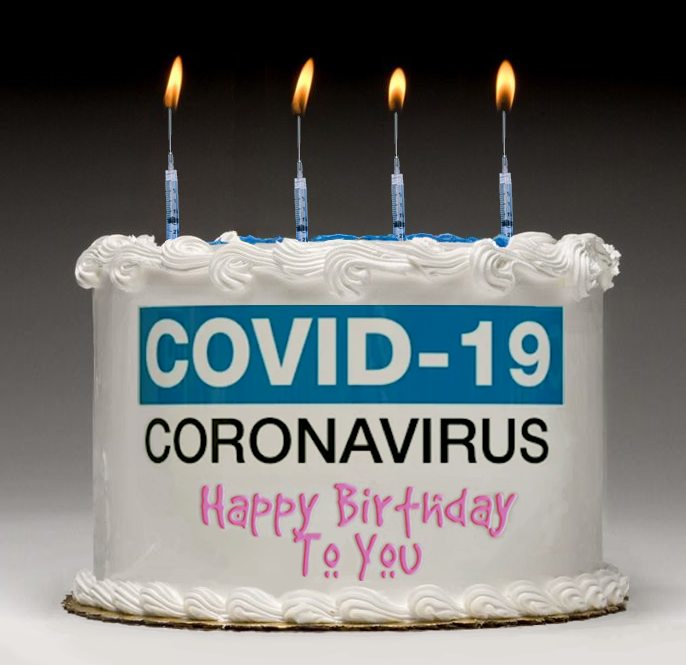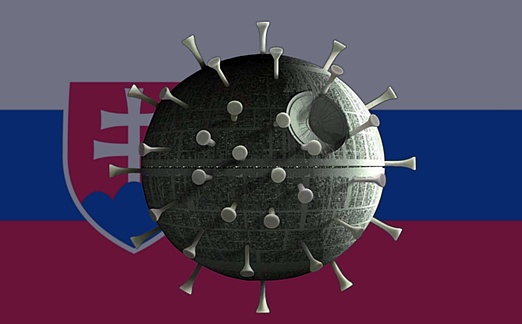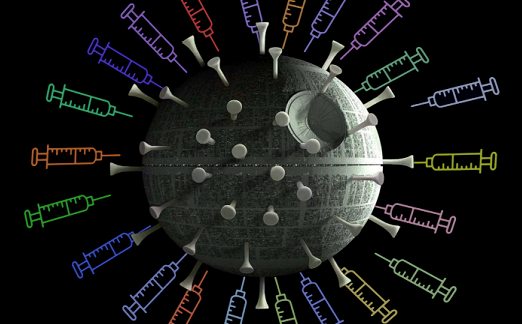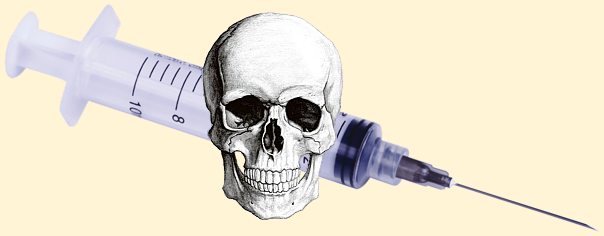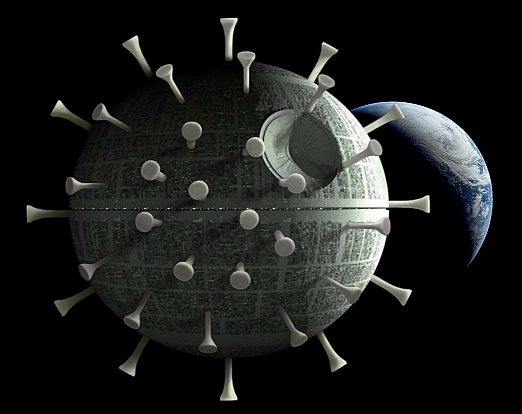
The following article is a suitable follow-up to last night’s story about war profiteers. It’s a reminder that making money off endless wars is just one form of corruption among many others. The EU in particular seems to have been deliberately designed to enable massive corruption of all types behind an opaque protective screen.
Many thanks to Hellequin GB for translating this article from Uncut News:
The Rockefeller and Bill Gates foundations on the sponsorship list of EU decision-makers
Many of the more than 12,000 lobbyists who approach the EU institutions are sponsored by the Rockefeller and Bill Gates foundations, which provide enormous sums of money. As a rule, lobbyists officially try to influence the political decisions of EU heads of government in the interests of their own organizations. The European Court of Auditors has warned in a special report that lobbying without transparency mechanisms can lead to undue influence, unfair competition and even corruption.
Lobbying in the European Parliament and the European Commission consumes hundreds of millions of euros and more every year. More than 12,000 non-governmental organizations and companies are trying to influence the policies of EU decision-makers. In its special report “EU Transparency Register — Useful but limited information on lobbying activities”, the European Court of Auditors warns that lobbying activities without transparency mechanisms can lead to undue influence, unfair competition or even corruption.
“Registered organizations can self-identify which category they belong to and this determines what financial reporting requirements apply. There is therefore a risk that registered entities funded by third parties may not disclose certain financial information, including their sources of funding, by declaring that they represent their own or the collective interests of their members. Significant limitations have also been identified in the information provided on the public transparency register website. Some important data are missing, such as data on individual meetings with members of the European Parliament or historical data on newly registered organizations. Furthermore, the website does not provide aggregated data on lobbyists and their activities in an interactive form,” says the European Court of Auditors report.
Big names behind the lobbyists
Pandemic Action Network, a non-governmental organization based in the USA, joined forces on the 18th of June, registered as a lobbyist with the European Union in 2020 and met with representatives of the European Commission in 2020 to specifically prepare EU legislative proposals or measures as part of the Covid-19 response and reconstruction plans as well as the EU vaccination strategy.
The 2022 financial report names the Bill and Melinda Gates Foundation with almost €2.3 million, the Rockefeller Foundation with €715,000 and the pharmaceutical companies Merck and Johnson & Johnson as donors. The Rockefeller Foundation registered as a lobbyist in the EU Transparency Register in May 2023 and states that it works with the European Commission to combat poverty and promote a green future and has a lobbying budget of €294 million. The US-based International Aids Vaccine Initiative Inc., which officially registered as a lobbyist in March 2021, claims to be a non-profit scientific research organization developing vaccines and antibodies against HIV, tuberculosis and emerging infectious diseases (including Covid-19).
The organization has received EU grants of €2.45 million in 2022 and €3.5 million in 2023. In 2022, the organization also received €21 million from the Bill and Melinda Gates Foundation and €73 million from the US government.

